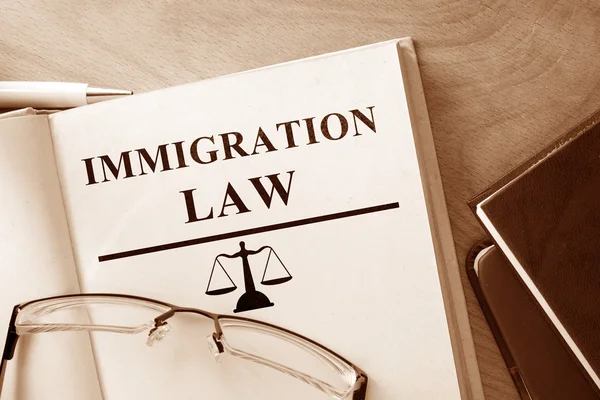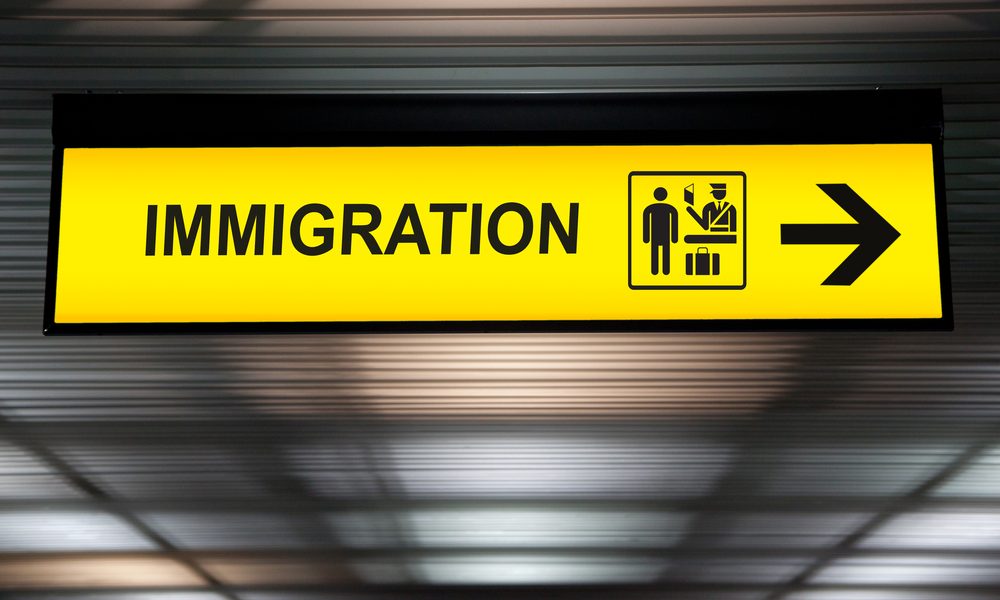Immigration law and human trafficking are two interconnected issues that have been the subject of much debate and discussion in recent years. While immigration law deals with the rules and regulations governing the movement of people across national borders, human trafficking refers to the illegal trade of human beings for various purposes, including forced labor and sexual exploitation.
While the two issues may seem unrelated at first glance, they are in fact closely linked. In many cases, human trafficking is facilitated by weaknesses and loopholes in immigration law. Traffickers often exploit vulnerable individuals who are seeking to migrate to other countries by promising them a better life, only to subject them to forced labor or sexual exploitation once they arrive.
The Role of Immigration Law in Human Trafficking

One of the key ways in which immigration law contributes to human trafficking is through the use of undocumented or unauthorized workers. Many traffickers prey on individuals who lack legal status in their destination country, knowing that they are less likely to report abuse or exploitation for fear of being deported.
Additionally, the complex and often lengthy process of obtaining legal immigration status can leave many individuals vulnerable to trafficking. For example, if a person is in the process of applying for a visa or other immigration document, they may be more willing to accept work in exploitative conditions in order to keep their immigration application moving forward.
Finally, immigration law can also contribute to human trafficking by creating a demand for cheap labor. When employers are able to hire workers at below-market wages, they may be more likely to turn a blind eye to signs of abuse or exploitation in order to maintain their profit margins.
Addressing the Connection Between Immigration Law and Human Trafficking
In order to effectively combat human trafficking, it is essential to address the root causes of the problem, including weaknesses in immigration law. One key strategy is to provide more pathways for legal migration, including temporary work visas and other forms of authorized migration. By reducing the demand for undocumented workers and creating more opportunities for legal migration, we can help to reduce the vulnerability of individuals to trafficking.
Another important strategy is to strengthen labor protections for all workers, regardless of their immigration status. This can include measures such as increasing penalties for employers who engage in wage theft or other forms of labor exploitation, as well as providing access to legal remedies for workers who have been subject to abuse or exploitation.
Finally, it is essential to provide support and resources to survivors of human trafficking, including access to legal services, housing, and healthcare. By providing survivors with the tools they need to rebuild their lives, we can help to break the cycle of exploitation and prevent future instances of trafficking.
Immigration law and human trafficking are two interconnected issues that require a comprehensive and coordinated approach in order to effectively address the problem. By addressing weaknesses in immigration law and providing support to survivors of trafficking, we can help to break the cycle of exploitation and ensure that all individuals are able to live and work in safety and dignity.

